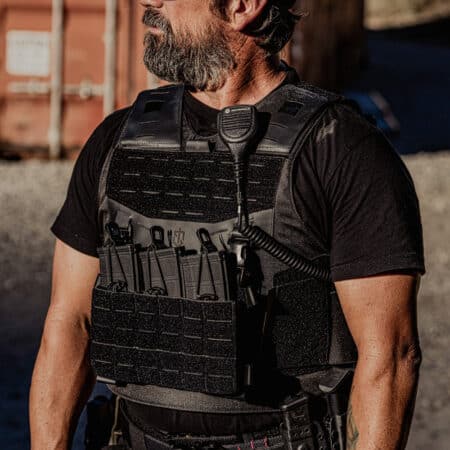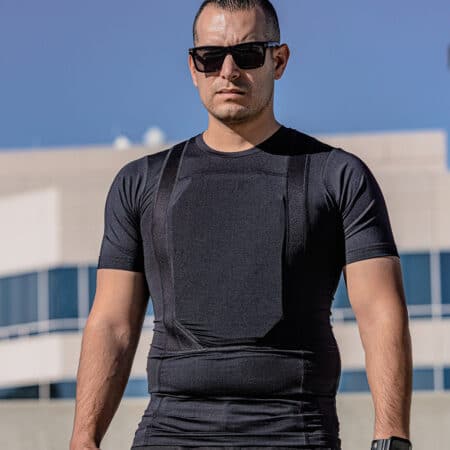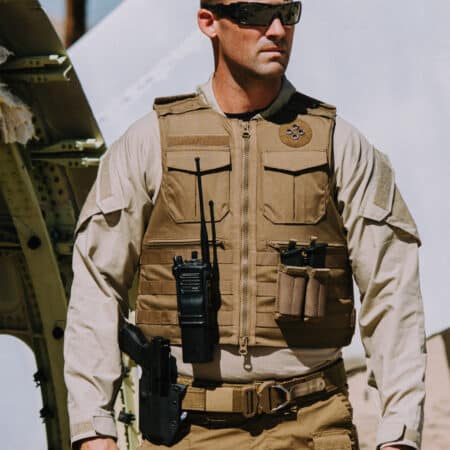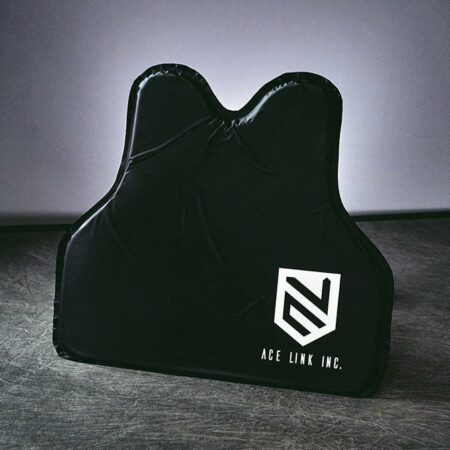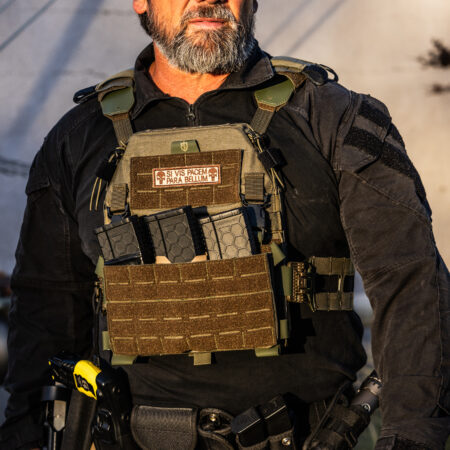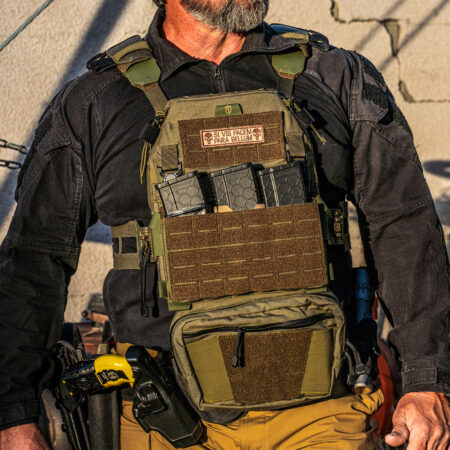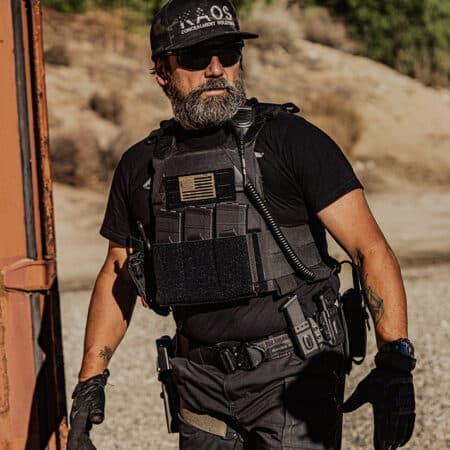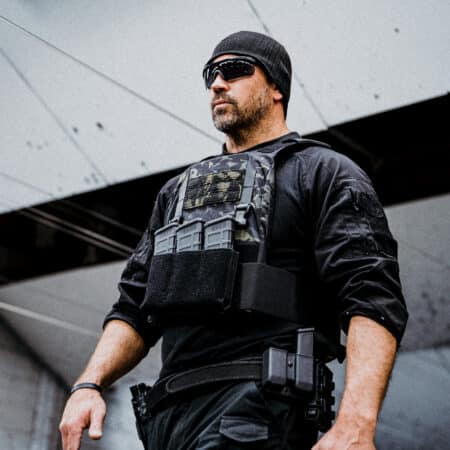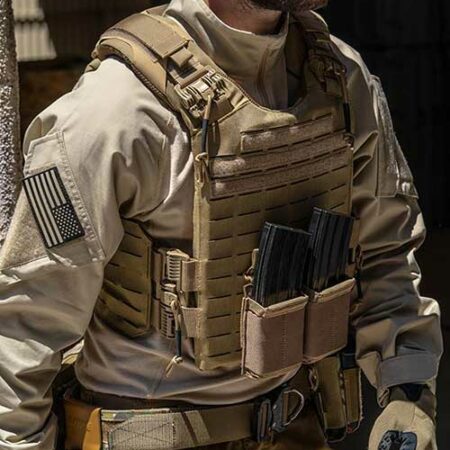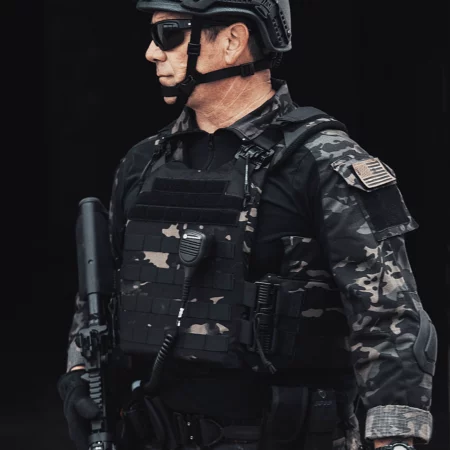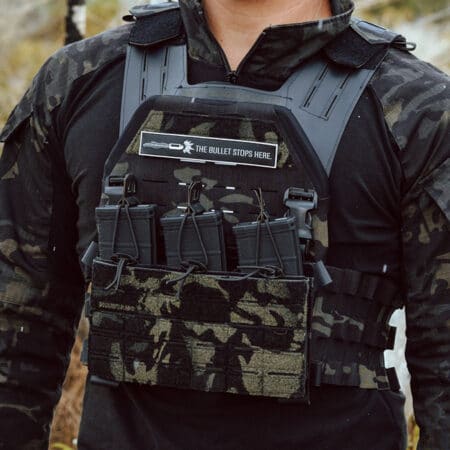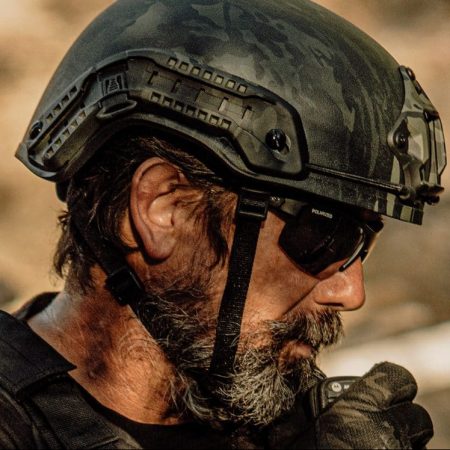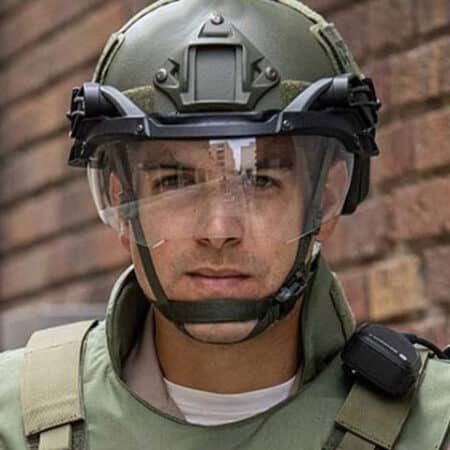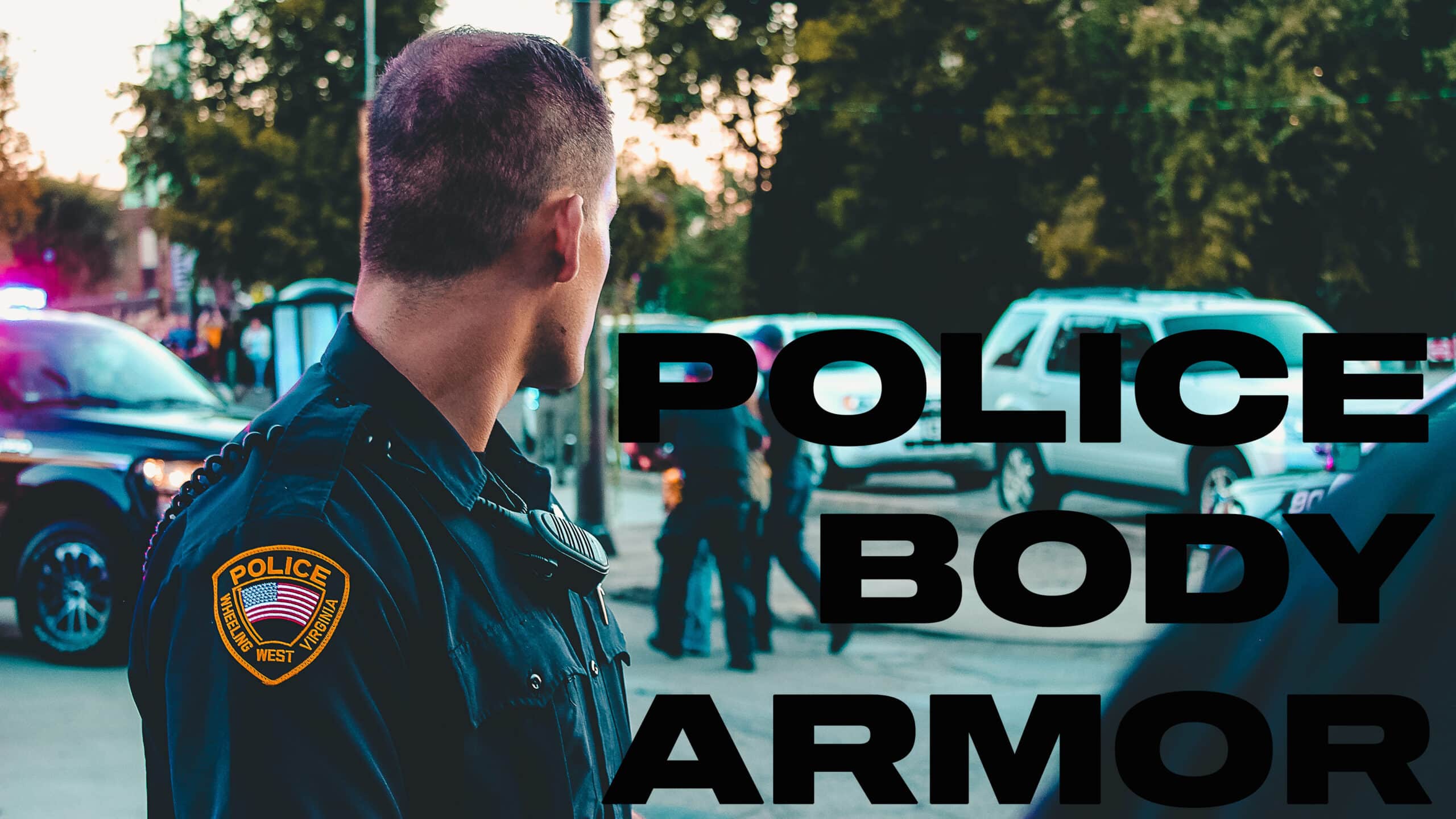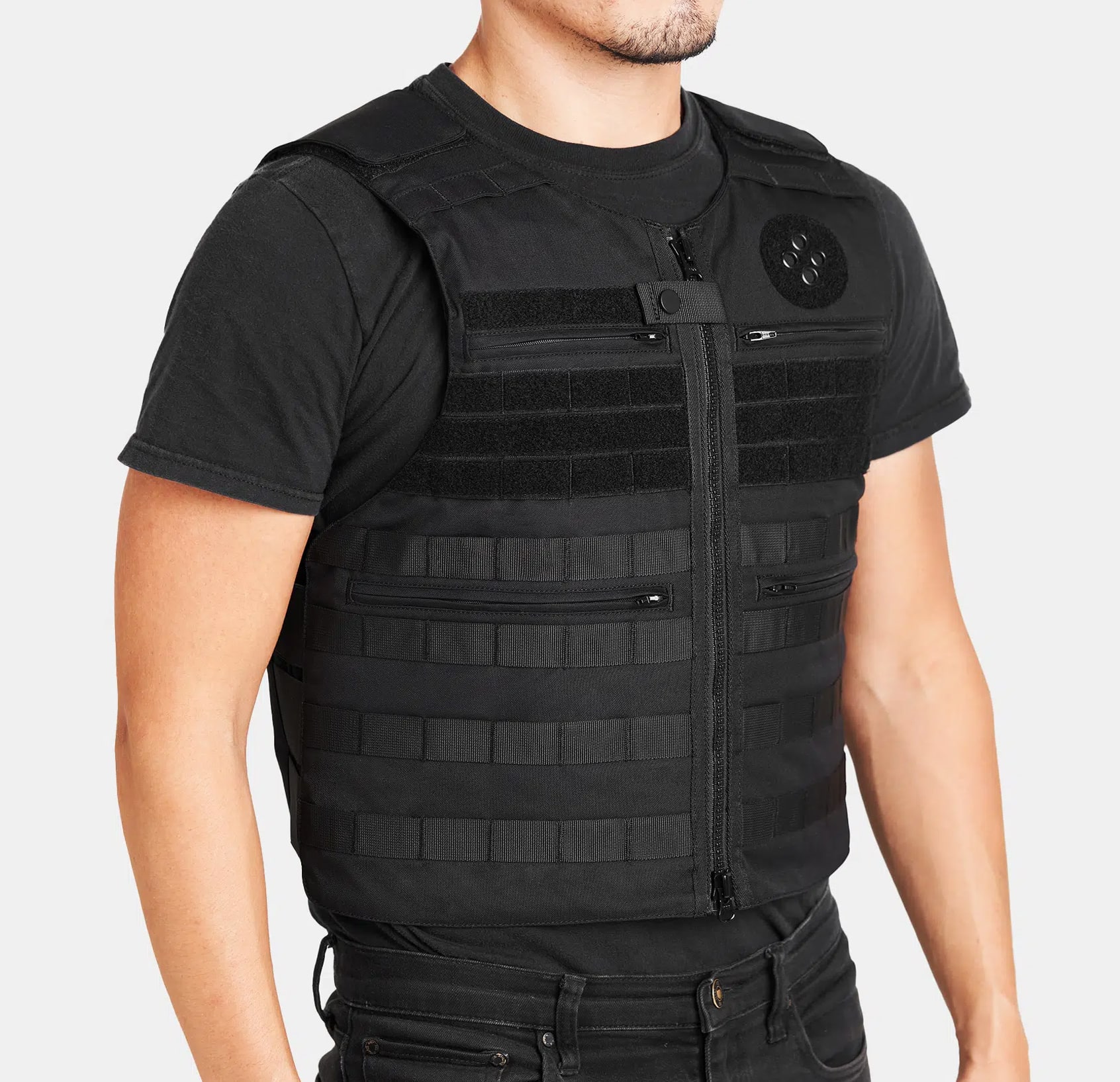Police officers are the thin blue line that keeps society from collapsing into complete chaos. Every day, they patrol the streets, deal with dangerous criminals, and keep their societies safe, but what is protecting them? What kind of equipment do law enforcement officers use for ballistic protection? This is what we are going to talk about in this post. So, keep reading to learn more.
What’s the most commonly used firearm for a civilian
Before we move on to the kind of armored vests, plate carriers, or ballistic shields that police officers use for ballistic protection, it is important to understand what kind of threats they face. Police officers are most likely to be shot with Pistols. Handguns are the most common type of firearm owned by civilians in the US, followed by shotguns. However, Pistols in the wrong hands are a more concerning risk for police officers, since they are easy to conceal, and can carry a fair amount of Ammo.
Pistols are the most commonly used firearm for civilians. In fact, according to recent research, almost 72% of gun owners in the US have at least one Pistol. Now, pistols come in various sizes, shapes, and calibers, so choosing a specific type of pistol as the most common firearm is not practical. However, we do know that the most common pistol calibers in the US are 9mm, .357 Magnum, .45 ACP, and .40S&W. 9mm pistols are exceptionally popular among civilians, and police officers alike, therefore, they can be classified as the most common threat.
The ways you can choose the right type of body armor:
When you set out to choose the right type of body armor for your requirement, there are 4 basic factors that you need to consider. Understanding these factors, and how they will affect your abilities to protect yourself and engage in combat scenarios is the best way to choose the right type of body armor. These four factors are threat level, concealability, weight, and cost.
Threat Levels:
In the US, the body armor threat levels, and testing protocols are determined by the National Institute of Justice. According to the NIJ, there are five main body armor threat protection levels.
First off, you have level IIa, Level II, and Level IIIa. These are the standard threat levels for pistol-rated body armor. Level IIa can stop up to 9mm, and .40 S&W, Level II stops .357 Magnum as well, whereas level IIIa body armor, which offers the maximum protection against pistol calibers can stop almost all common pistol calibers, up to .44 magnum.
Next, you have Level III and Level IV hard armor plates. These are NIJ levels rated for rifle calibers. Level III and Level IV armor comes in the form of hard ballistic plates, which are worn in plate carriers. Level III plates can stop most intermediate rifle calibers, including 5.56x45mm or .223 Remington AR rounds, 7.62x39mm and 5.45×39 mm AK rounds, and even 7.62x51mmNato or .308 Winchester rounds. Level IV armor plates take things a bit further, and offer protection against Armor piercing rounds as well. They can stop up to a .30.06 Armor Piercing round.
Concealability:
Next up, concealability is also a major factor to consider when you are choosing body armor. Now, when you buy body armor, you have two different types to choose from, you can go for either overt or covert body armor. Overt body armor is meant to be worn over your clothes, and it has features like padded side straps and shoulder straps, and molle vests to carry tactical gear. On the other hand, concealable body armor is designed to be worn under your clothes.
Police officers and law enforcement agents use both kinds of armor. Most patrol officers wear covert level IIIa armor under their uniforms, however, in some situations, especially when they need to carry a lot of police gear, they may even use overt tactical vests.
Weight:
If you are going to wear your tactical vest, or ballistic plates all day, you need them to have a comfortable fit and be lightweight. Now, the higher the protection level of the plate is, the heavier it is going to be. This is why level IV plates are impractical in most situations, since they are too heavy, and the chances of being shot with armor-piercing high-caliber ammunition are almost non-existent unless you are in the military.
Cost:
If you are buying body armor, the cost is another important factor. Heavy armor plates can get expensive, whereas soft armor bulletproof vests are quite affordable, and offer suitable protection. Different body armor manufacturers also have differnt prices. Acelink armor has a wide selection of tactical vests and plate carriers available at very reasonable prices.
So, You need to choose the threat level that is best for you. A typical police vest has level IIIa armor inserts since pistols are a much more common threat than rifles. Moreover, when other factors like weight and cost are considered, pistol-rated vests are a great option.
Are all Tactical vests suitable for police use?
No, a police vest needs to meet several quality standards, and have a certain threat level, weight, and comfort level to be practical. Moreover, different police units require different kinds of body armor. For instance, a normal patrol officer may only need a concealable level IIIa vest under their uniform, whereas SWAT and other tactical units may need overt vests and plate carriers that can carry their police gear.
Therefore, only the best vests are suitable for Police use. The Patrol and Livewire vests from Acelink Armor are excellent for police use.
Will a tactical vest weigh me down?
Yes, all tactical vests are bound to have some weight, however, most lightweight level IIIa tactical vests don’t weigh you down too much. They can weigh between 4 to 6 pounds, depending on their type, and the kind of armor panels used in them. Other hard armor plates can be quite heavy, a single level III plate can weigh around 6-7 lbs, whereas level IV plates are even heavier. This can result in complete armor systems that reach up to 20-25 lbs without any additional police gear.
Final Thoughts:
So, here was a brief account of the types of body armor that cops regularly use to protect their lives, and the people around them. We hope this post also helped you understand some important factors that can help you buy practical and effective body armor for your protection needs.




